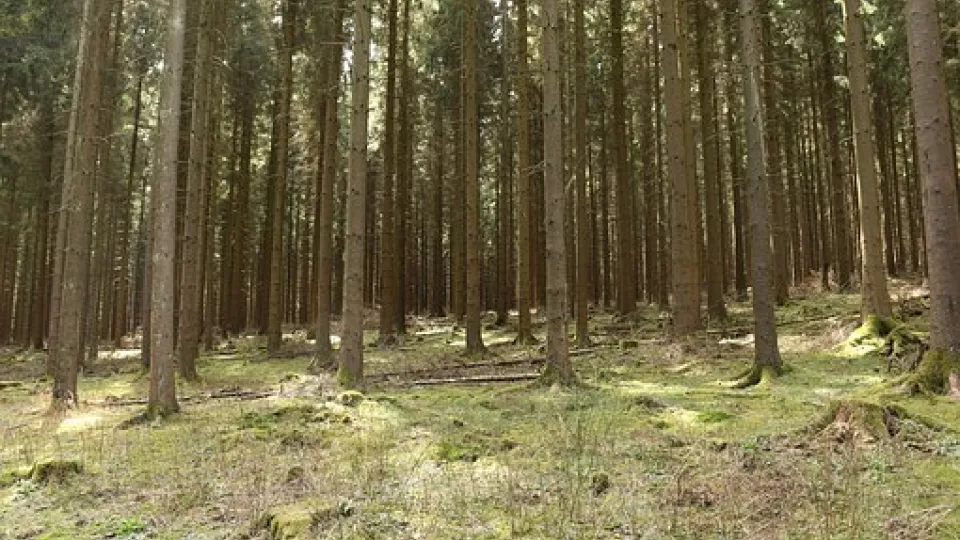There is an intensive debate at the moment about the best way to use the forest as a resource, not least concerning the demand for biomass when the use of fossil fuels and materials is to be reduced.
However, for society as a whole to gain the greatest possible benefits from the forest, consideration cannot only be given to what it can contribute as a supplier of wood and biomass, write two Lund researchers in the journal Ecosystem Services. The significance of changes in carbon dioxide emissions, water quality and biodiversity, which are not usually measured in money terms, must also be factored in when decisions are made about forest management.
“Unfortunately, most analyses of how we can best manage our forests have quite a one-sided focus on the forestry industry’s needs or demand for wood and biomass. Other things that the forest contributes, and which are of great importance for our wellbeing, are overlooked. We therefore wanted to investigate what type of forest management is preferable from a socio-economic perspective, if you take a broad look at what the forest contributes to our welfare”, says Mark Brady, economist and researcher at the Centre for Environmental and Climate Research (CEC) at Lund University, AgriFood and the Swedish University of Agricultural Sciences (SLU).
Simulated four different management methods
The researchers did this by simulating the application of four different management methods in a forest area in southern Sweden. Three of the methods involve all trees being felled after a certain period – 60 or 70 years – and that clear-felled areas are created, but with varying amounts of branches and tops left at the felling site. The fourth method was continuous cover forestry, which instead involves continuous felling through selecting individual trees, so that the land always has forest cover.
“What we observed was that the Swedish forest could contribute a greater value to society if we had larger areas of continuous cover forestry, rather than if we were to intensify the extraction of biomass”, says Mark Brady.
Continuous cover forestry, through its more careful approach to felling, was also the method that emitted least carbon dioxide to the atmosphere and the least nitrogen leakage to the sea,
Conflict of aims
However, continuous cover forestry is the method that provides the lowest returns for forest owners, as a smaller volume of biomass is extracted and the felling costs are significantly higher, which of course leads to a conflict of aims when decisions about forest management are to be taken, says Mark Brady.
“This shows the need to weigh up different interests against each other when making decisions – private against general interest, present generations against future generations – if you are to optimise the societal benefits of the forest”, he says, and hopes that the study can contribute to emphasising and illuminating this.
“There is a risk, for example, that decision-makers only look at one aspect when they develop policies for forest management, such as increasing the extraction of biomass to reduce emissions from fossil fuels. We show that it’s also crucial to factor in the value of other ecosystem services that the forest provides. We also show how this can be done by setting a socio-economic value on them.”
The article in Ecosystem Services on sciencedirect.com
